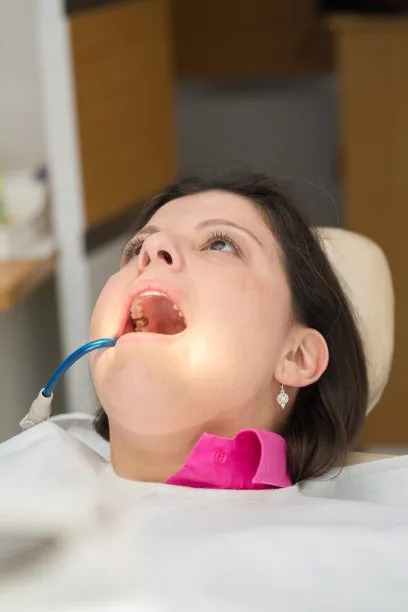Understanding the Process and Importance of Extracting a Tooth for Optimal Oral Health Management
Summary: Tooth extraction is a crucial dental procedure often pursued to ensure optimal oral health. This article delves into the process of tooth extraction, highlighting its significance, indications for the procedure, techniques employed, and post-operative care. By understanding these facets, patients can appreciate the necessity of tooth removal when faced with extensive damage or infection, ultimately promoting better oral health and personal well-being. Extracting a tooth is more than just pulling it out; it is a vital step in maintaining a healthy smile and preventing further dental complications.
1. Understanding the Tooth Extraction Process

The tooth extraction process is a clinical procedure that involves the removal of a tooth from its socket in the jawbone. Typically performed by a dentist or oral surgeon, the process begins with an assessment of the tooths condition using X-rays to determine the complexity of the extraction. This initial evaluation is essential in planning the best approach for the procedure, ensuring safety and efficiency.
Once the decision to extract has been made, the patient is prepared for the procedure. Local anesthesia is administered to numb the area around the tooth, reducing pain and discomfort during extraction. In certain cases, sedation might be offered to help patients feel more at ease, especially if they experience anxiety about dental visits.
The next step is the actual extraction, which can vary in technique based on whether the tooth is erupted or impacted. For erupted teeth, a simple extraction is performed using specialized instruments to loosen the tooth before removal. Conversely, impacted teeth may require a more complex surgical extraction, involving incisions in the gums to access the tooth beneath the surface.
2. Reasons for Tooth Extraction
Tooth extractions are performed for various reasons, primarily when a tooth is severely damaged or decayed beyond repair. Cavities that penetrate deep into the tooth can lead to significant infection, leaving the tooth vulnerable and often necessitating extraction to prevent further health issues. Moreover, advanced periodontal disease can weaken the supporting structures of the teeth, prompting the need for removal.
Another common reason for tooth extraction is crowding, especially in preparation for orthodontic treatments. In some cases, orthodontists recommend the extraction of specific teeth to create adequate space for proper alignment, enhancing the overall aesthetic and functional aspects of a person’s smile.
Lastly, wisdom teeth, or third molars, are frequently extracted as they can become impacted or cause overcrowding. Their location and late eruption often result in complications, making timely extraction crucial for maintaining oral health.
3. Techniques for Safe Tooth Removal
Safe tooth extraction is contingent upon the technique employed by the dental practitioner. Techniques vary based on the tooths condition and position. For simpler extractions, dentists may utilize a rotating motion with forceps to loosen the tooth, gradually easing it from the socket without causing undue trauma to surrounding tissues.
In cases of impacted or deeper-rooted teeth, surgical extraction techniques come into play. These involve making incisions in the gum tissue and sometimes breaking the tooth into smaller pieces for easier removal. This approach helps minimize damage to adjacent tissues and supports optimal healing post-surgery.
Additionally, technological advancements have introduced more refined techniques, such as the use of dental lasers. Lasers can assist in reducing the need for incisions and stitches, resulting in quicker healing times and less discomfort. Understanding these techniques enhances patient confidence in the extraction process.
4. Post-Extraction Care for Optimal Healing
Post-extraction care is critical to ensure proper healing and to minimize complications such as infection or excessive bleeding. After the extraction, patients are advised to bite down gently on gauze to control bleeding and promote clotting. This initial care is crucial in setting the stage for recovery.
Patients should adhere to prescribed pain management regimens, including over-the-counter or prescribed medications to alleviate discomfort. Ice packs may also be applied to the outside of the face to reduce swelling and inflammation during the first 24 hours after surgery.
It is equally important to follow dietary guidelines post-extraction. Individuals should avoid hard, chewy, or spicy foods for several days, opting instead for soft foods that require minimal chewing. Additionally, maintaining good oral hygiene is essential, but care should be taken around the extraction site to prevent irritation.
Summary:
Tooth extraction is an integral part of oral health management, addressing issues of decay, crowding, or infection. Understanding the process, reasons, and care post-extraction equips patients with the knowledge needed to embrace this necessary treatment for better dental health. By prioritizing extraction when warranted, individuals can mitigate further dental complications, ensuring a healthier future.
This article is compiled by Vickong Dental and the content is for reference only


